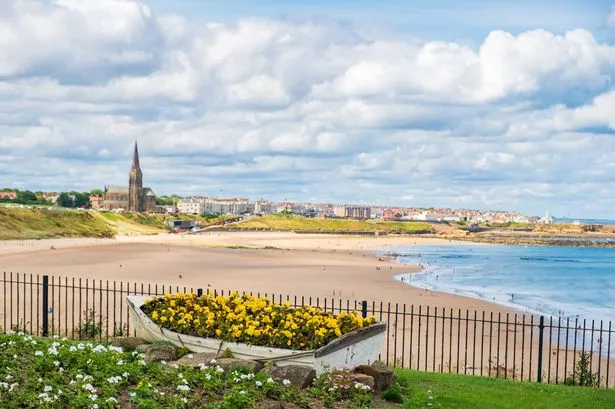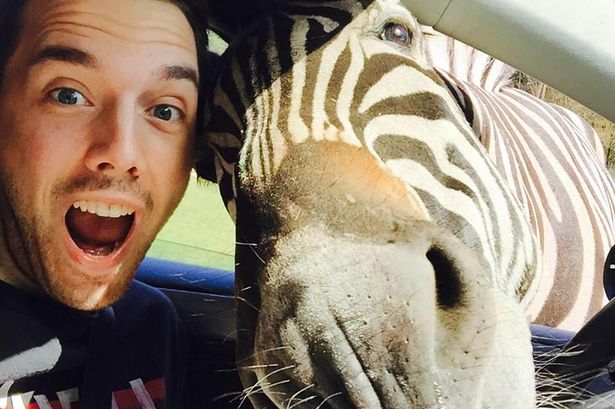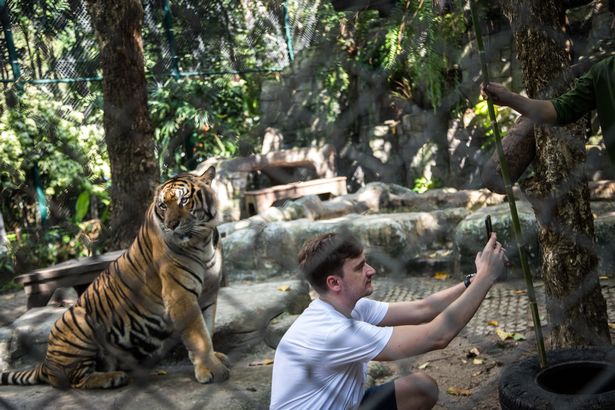A Canadian man living in the UK recently travelled to Newcastle for the first time and was blown away by the city and the surrounding area
Discovering new parts of the UK can reveal some truly stunning sights, from hidden forests to quaint villages boasting top-notch independent coffee shops. However, one Canadian man’s first visit to Newcastle has left locals scratching their heads after he likened a part just outside of the city to the sunny beaches of Greece.
Matt Giffen, originally from Canada but now residing in the UK, recently embarked on his first-ever trip to Newcastle and the surrounding Tyne and Wear area. Keen to explore beyond the city limits, Matt sought out a beach, and his social media followers directed him towards Tynemouth.
Located just eight miles from Newcastle, Tynemouth is easily accessible via the Tyne and Wear Metro, which is precisely how Matt travelled. Within half an hour, he was soaking up local attractions, including the Tynemouth Market, held at the station every weekend.
In a TikTok video documenting his journey, Matt praised Tynemouth for its “wholesome vibes” and suggested it seemed like a “very nice place to live”.
Before hitting the beach, Matt indulged in a classic British dish of fish and chips from Longsands Fish Kitchen, accompanied by a pot of curry sauce.
He remarked: “Can I just say, everyone here is so friendly. It’s like a little pixie fairy town here, it’s not a real place.”
When Matt finally reached King Edward’s Bay, he was taken aback by the tranquillity and cleanliness of the beach. Despite the overcast skies, he even compared the sandy shore to Greece.
He questioned: “Why has nobody told me that the UK has beaches like this? It’s probably so busy here in the summer.”
While enjoying the beach, Matt savoured three oysters from Riley’s Fish Shack, a local eatery perched on the edge of the bay that serves food all year round.
But King Edward’s Bay isn’t Tynemouth’s only beach, and Matt took a brief stroll to Long Sands Beach to give his followers a glimpse of the larger seafront. Capturing footage of surfers, he likened the beach to the renowned Bondi Beach near Sydney, Australia.
He exclaimed: “It’s giving the British version of Bondi Beach.”
Viewers were astonished to learn that Matt, a frequent traveller around the UK, had visited Newcastle and Tynemouth. Many expressed delight that he was sampling local cuisine.
One individual commented: “Thank you, pal! Tynemouth and Whitley Bay are what make us proud of the North East. To be literally 30 mins on a metro near the beach and a city and have the diameter of Newcastle United fans is why we are proud of where we are from. Thank you for putting this on your platform.”
Another chimed in: “I am loving Americans discovering UK food and realising that it isn’t bland and horrible!”






